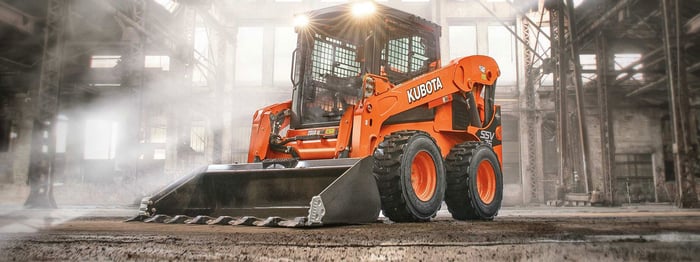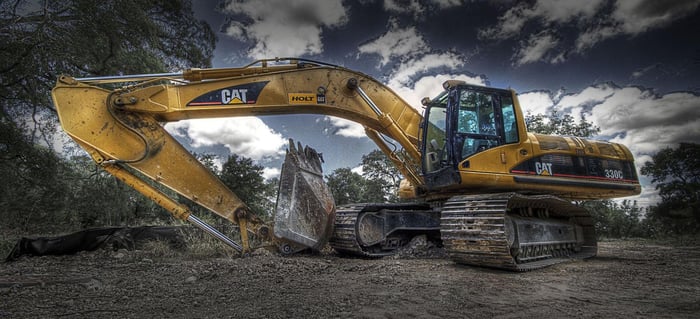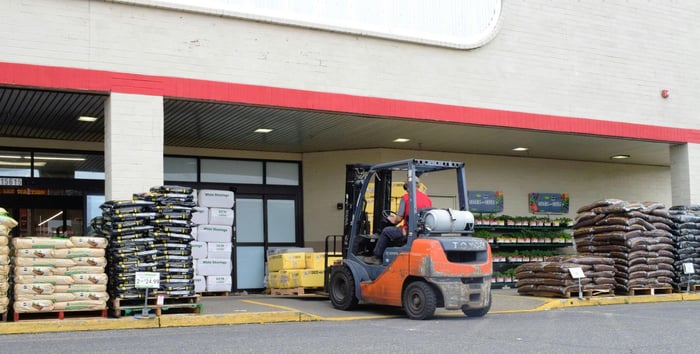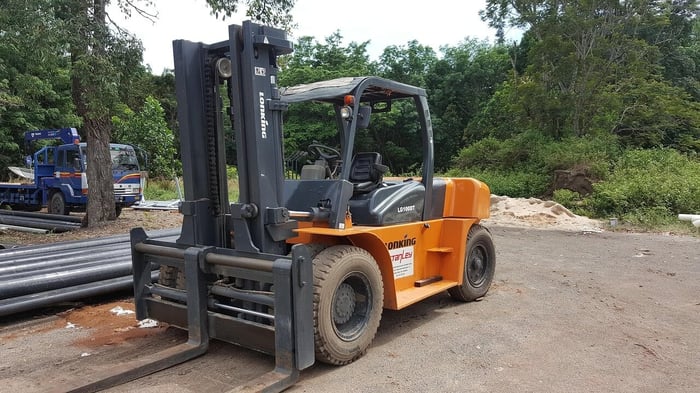Skid steers are versatile machines that have become indispensable in construction, landscaping, agriculture, and many other industries. Whether you're a contractor looking to expand your fleet or a homeowner tackling a major project, understanding the expenses associated with skid steers is crucial for making informed decisions. In this comprehensive guide, we'll explore the various aspects that influence the price of a skid steer, compare new and used options, and examine rental expenses to help you determine the best choice for your needs and budget.
Average Prices for a Skid Steer
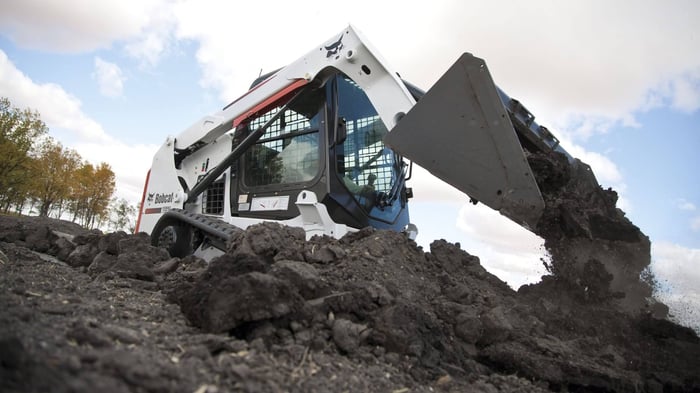
The price of a skid steer varies depending on the size, type, and condition of the machine. Let's review the average expenses for new, used, and rental skid steers:
New Skid Steer Price Range
New skid steers can vary significantly in price, often ranging from $25,000 to $65,000. However, some advanced models with high-end features can cost up to $100,000 or more. This depends largely on the size and capabilities of the machine:
Small skid steers (up to 1,600 lbs operating capacity): $25,000 to $35,000
Medium skid steers (1,600 to 2,200 lbs operating capacity): $35,000 to $45,000
Large skid steers (over 2,200 lbs operating capacity): $45,000 to $65,000+
Used Skid Steer Price Range
Skid steers that are used are more budget-friendly, with prices generally ranging from $10,000 to $40,000, depending on the age, condition, and size of the machine:
Older models (10+ years): $5,000 to $15,000
Mid-age models (5-10 years): $15,000 to $30,000
Newer used models (1-5 years): $30,000 to $40,000+
Rental Cost Estimates
Renting a skid steer can be a cost-effective solution for short-term projects. Rental rates vary based on the size of the machine and the duration of the rental:
Daily rates: $200 to $500
Weekly rates: $600 to $1,500
Monthly rates: $1,200 to $4,000
Factors Affecting Skid Steer Costs
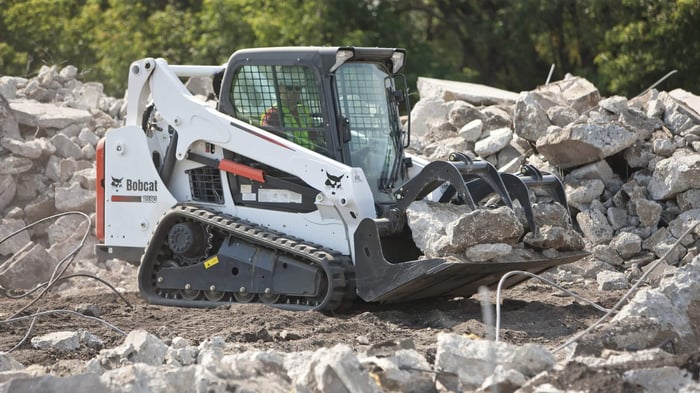
Several key aspects directly impact the price of a skid steer:
Brand and Manufacturer
Well-known brands like Bobcat, Caterpillar, and John Deere often command higher prices due to their reputation for quality and reliability. For example, a new Bobcat skid steer might start at around $30,000, while a comparable model from a lesser-known brand could be priced at $25,000.
Size and Capacity
Larger skid steers with greater lifting capacity and horsepower are generally more expensive. A small skid steer with a 1,300-pound operating capacity might cost around $25,000, while a large model with a 3,000-pound capacity could be $60,000 or more.
Location and Market Conditions
Prices can vary depending on your location and current market demand. Urban areas with high construction activity may be more expensive due to increased demand. Additionally, seasonal fluctuations can influence pricing, with higher demand (and potentially higher prices) during peak construction seasons.
Dealer and Purchase Options
Authorized dealers may offer higher prices but often provide better warranties and support. Consider exploring various purchasing options, including auctions and online marketplaces, for potential savings. Some may offer financing options or package deals that can affect the overall expense.
Additional Features and Attachments
Advanced features like enclosed cabs, air conditioning, or high-flow hydraulics can significantly increase price. Attachments such as buckets, forks, or specialized tools can add anywhere from $1,000 to $20,000 to the total expense, depending on their complexity and purpose.
New Skid Steer Costs
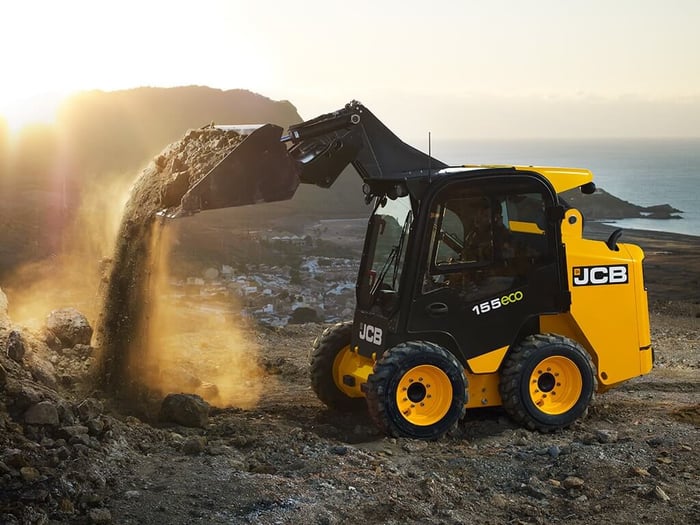
Investing in a new skid steer ensures you're getting the latest technology and a full warranty, but it comes at a premium. Here's a more detailed look at the costs of a new skid steer:
Small skid steers: $25,000 to $35,000
Medium skid steers: $35,000 to $45,000
Large skid steers: $45,000 to $65,000+
High-end models with advanced features: Up to $100,000 or more
Breakdown by Popular Brands
Here's a comparison of starting prices for new medium-sized skid steers from leading manufacturers:
| Brand | Starting Price |
| Bobcat | $35,000 |
| Caterpillar | $38,000 |
| John Deere | $37,000 |
| Case | $36,000 |
| Kubota | $34,000 |
Aspects Influencing Prices for a New Skid Steer
Several aspects can significantly impact the price of a new skid steer. Beyond size and brand, buyers should consider the following aspects:
Technological features (e.g., advanced hydraulics, telematics)
Fuel efficiency and emissions compliance
Cab comfort and ergonomics
Warranty and service agreements
Compact Track Loader Costs
Compact track loaders, which are similar to skid steers but use tracks instead of wheels, often cost about 15-20% more than comparable skid steer models. For example, if a skid steer is priced at $40,000, a similar compact track loader might cost around $48,000.
Used Skid Steer Costs
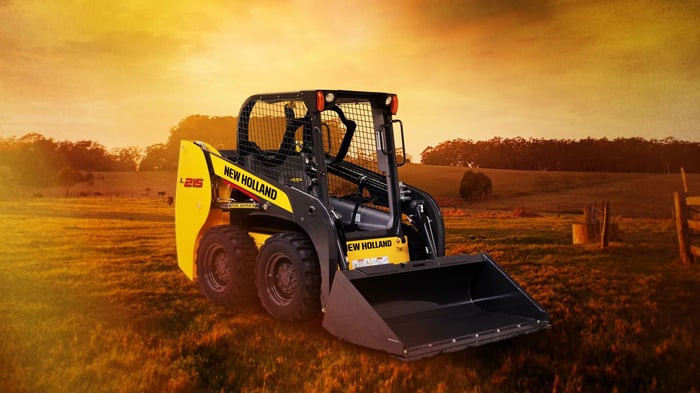
Purchasing a skid steer used can offer significant savings, but it's important to consider the machine's condition and history:
5-year-old skid steers: 60-70% of new price
10-year-old skid steers: 40-50% of new price
15+ year-old skid steers: 20-30% of new price
For example, a 5-year-old Bobcat S650 that originally cost $45,000 new might be priced around $30,000.
Aspects Affecting Used Prices
Several key aspects influence the price of a used skid steer, often determining its value and reliability, including:
Age and hours of operation
Upkeep history and overall condition
Brand reputation and model popularity
Local market demand
Depreciation Considerations
Skid steers typically depreciate 15-20% in the first year and 10-15% annually thereafter. However, well-maintained machines from reputable brands may hold their value better. For instance, a $50,000 skid steer might be worth about $40,000 after one year and approximately $34,000 after two years.
Skid Steer Rental Costs
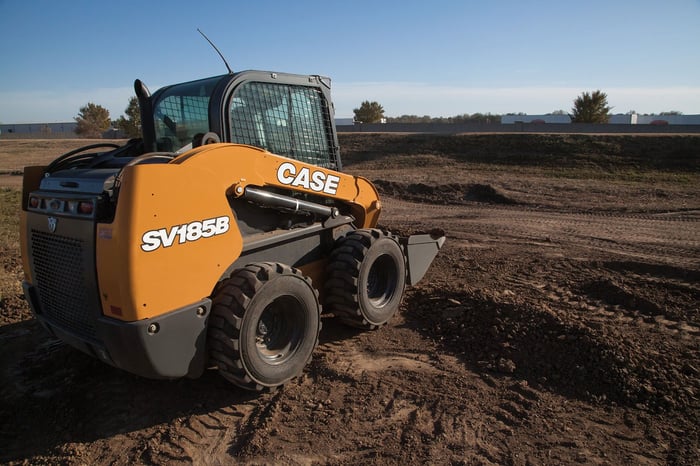
Renting a skid steer is a practical solution for short-term jobs or for trying out different models before committing to a purchase. Rental costs vary based on machine size and duration:
Small skid steers: $200-$300/day, $600-$900/week, $1,200-$2,500/month
Medium skid steers: $300-$400/day, $900-$1,200/week, $2,500-$3,500/month
Large skid steers: $400-$500/day, $1,200-$1,500/week, $3,500-$4,000/month
Aspects Affecting Rental Prices
Several factors can impact how much you’ll pay to rent a skid steer, including the following:
Machine size and capabilities
Rental duration
Local market competition
Seasonal demand
Included attachments and accessories
Advantages and Disadvantages of Renting
Renting a skid steer can be a smart choice for certain situations, but it comes with both benefits and drawbacks.
Pros:
Lower upfront costs
No long-term upkeep responsibilities
Ability to use the latest models
Flexibility to choose the right size for each project
Cons:
Higher long-term costs for frequent use
Potential availability issues during peak seasons
Less control over machine history and condition
Buying vs. Renting a Skid Steer

Deciding whether to buy or rent should depend on your project needs, usage frequency, and financial situation. When deciding whether to buy or rent, consider factors such as how often and how long you’ll use the equipment, your available capital and financing options, your ability to store and transport the machine, and the level of maintenance expertise and resources you have access to.
Pros of Buying:
Long-term cost savings for frequent use
Asset ownership and potential tax benefits
Consistent availability and familiarity with the machine
Pros of Renting:
Lower upfront costs
No storage or upkeep responsibilities
Ability to access different sizes and types as needed
New vs. Used Skid Steer Comparison
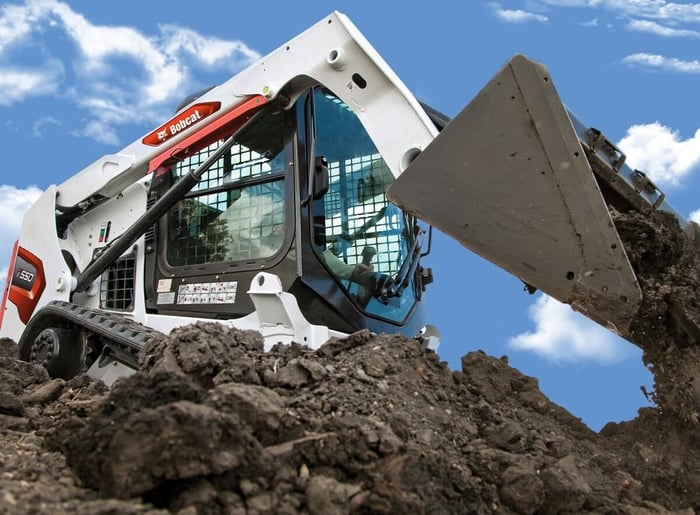
Choosing between new and used skid steers depends on your priorities, budget, and project needs. When deciding, consider factors such as money constraints, project requirements and duration, availability of upkeep and repair resources, and the importance of having the latest technology. These considerations will help guide your choice between new and used equipment.
Advantages of Buying New
Latest technology and features
Full warranty coverage
Known machine history
Potential for better fuel efficiency and lower emissions
Advantages of Buying Used
Lower initial investment
Potentially lower insurance costs
Less depreciation
Opportunity to purchase higher-end models at a lower cost
Find the Right Skid Steer on Municibid
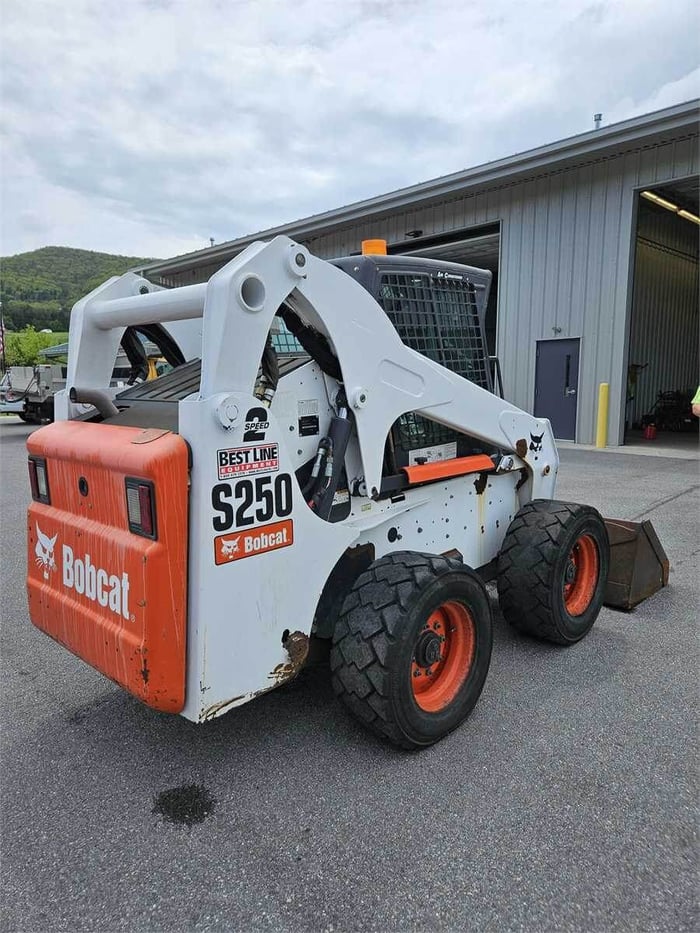
Ready to purchase new equipment and looking for the best deals? Municibid gives you direct access to used skid steers, hydraulic hammers, backhoes, compact track loaders, and pallet forks from government fleets, machines that are well-maintained and ready to work. With new listings added regularly and bidding open to the public, Municibid is the best way to find dependable equipment at a fraction of retail cost, whether you’re handling construction, landscaping, or agricultural projects.
Additional Costs to Consider
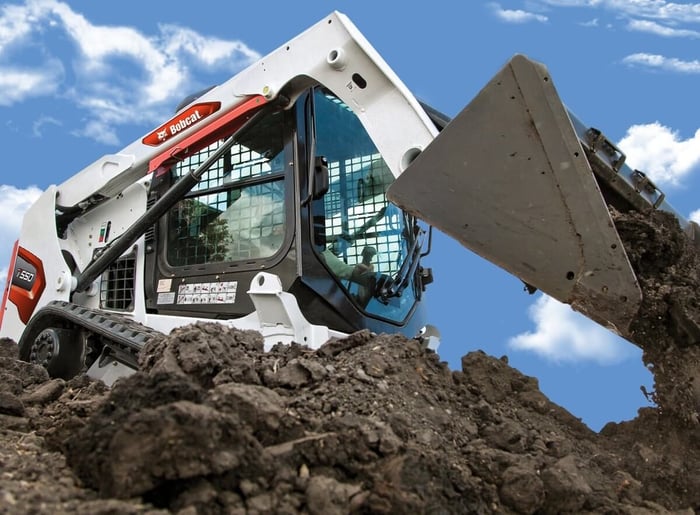
When budgeting for a skid steer, don't forget about these additional expenses:
Insurance
Expect to pay 1-5% of the machine's value annually for insurance coverage. For a $40,000 skid steer, this could mean $400 to $2,000 per year in insurance costs.
Maintenance and Repairs
Factor in 5-15% of the purchase cost annually for maintenance and potential repairs. For a $40,000 skid steer, this translates to $2,000 to $6,000 per year. Regular upkeep tasks include oil changes, filter replacements, and hydraulic system checks.
Attachments and Accessories
Common attachments like buckets, forks, and augers can range from $1,000 to $5,000 each. More specialized attachments like snow blowers or trenchers can cost $5,000 to $20,000 or more.
Financing and Interest Rates
If financing, factor in interest costs, which can add 10-20% to the total purchase cost over the life of the loan. For example, financing a $40,000 skid steer over 5 years at 5% interest would result in total payments of about $45,000.
Popular Skid Steer Brands and Models
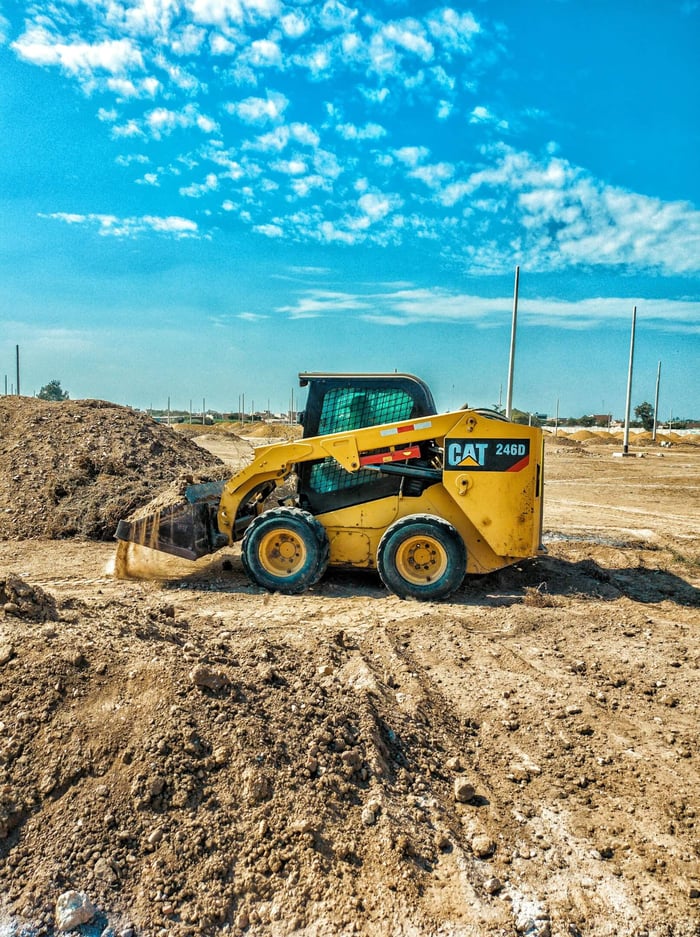
Several manufacturers dominate the skid steer market, each offering a range of models to suit specific needs and finances:
Bobcat: Known for reliability and extensive dealer network
Caterpillar: Offers advanced technology and fuel efficiency
John Deere: Balances performance and value
Case: Popular for durability and operator comfort
Kubota: Known for compact and fuel-efficient models
Price Ranges for Different Brands
Below is a breakdown of typical price ranges for skid steer models across leading brands.
| Brand | Small Models | Medium Models | Large Models |
| Bobcat | $25,000-$35,000 | $35,000-$45,000 | $45,000-$60,000 |
| Caterpillar | $28,000-$38,000 | $38,000-$48,000 | $48,000-$65,000 |
| John Deere | $27,000-$37,000 | $37,000-$47,000 | $47,000-$62,000 |
| Case | $26,000-$36,000 | $36,000-$46,000 | $46,000-$61,000 |
| Kubota | $24,000-$34,000 | $34,000-$44,000 | $44,000-$58,000 |
FAQs
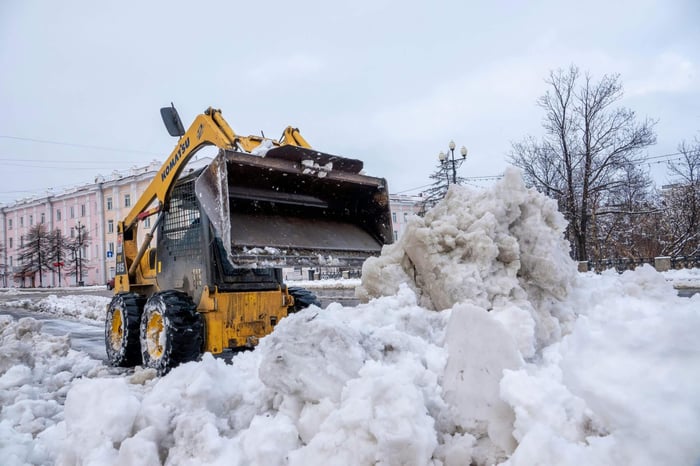
Here are answers to some common questions about skid steers to help you learn more.
What is the average price of a skid steer?
You might be wondering "How much does it cost to purchase a skid steer?" Prices vary widely based on size, features, and condition. New skid steers typically range from $25,000 to $65,000, with advanced models reaching up to $100,000. Used skid steers generally cost between $10,000 and $40,000, depending on age and condition. Small new models start around $15,000, while large ones can exceed $65,000.
Is it worth buying a skid steer used?
Buying a skid steer used can be a smart choice, but it’s important to weigh the benefits and drawbacks carefully:
Pros:
Lower initial expense, typically 50-70% of the new price
Less depreciation compared to buying a skid steer new
Can be a good option for occasional use or tight budgets
Cons:
Potential for higher upkeep and repair expenses
Less warranty coverage
May lack the latest features and technology
Is 1000 hours a lot for a skid steer?
Generally, 1,000 hours is considered moderate use. Many skid steers can operate 5,000 hours or more with proper maintenance. While machines often lose value rapidly around 1,000 hours, a skid steer with this usage may still have significant life left. The impact of hours depends on machine size and power, type of work performed, and the upkeep history and overall condition.
Conclusion
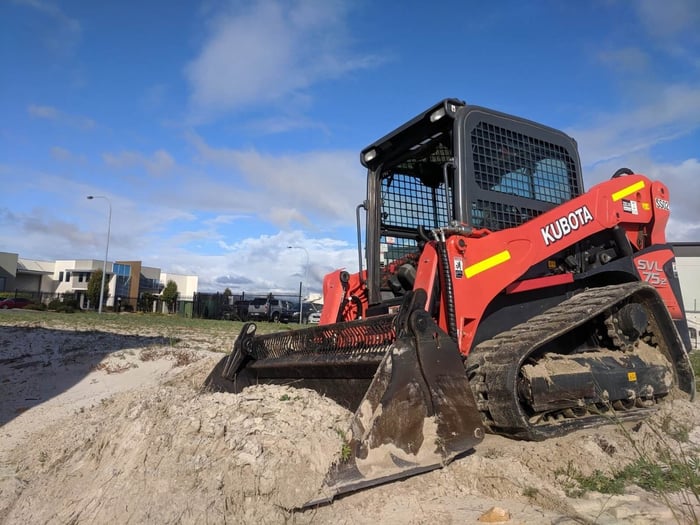
Choosing the right skid steer requires assessing your needs, finances, and long-term plans. Whether buying a skid steer new, used, or renting, understanding all costs, including upkeep and fuel, is key. Consider your project types and financing options carefully. Research multiple brands and compare prices from various sources. Focus on total ownership costs, not just the purchase price, and test-drive or rent if possible
